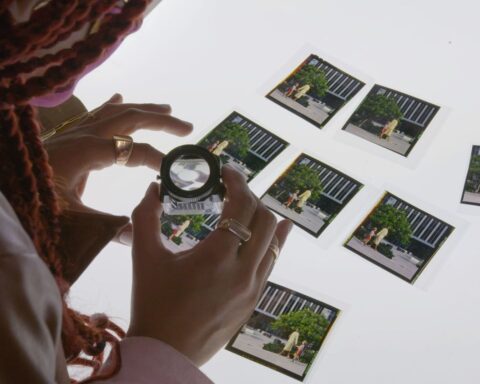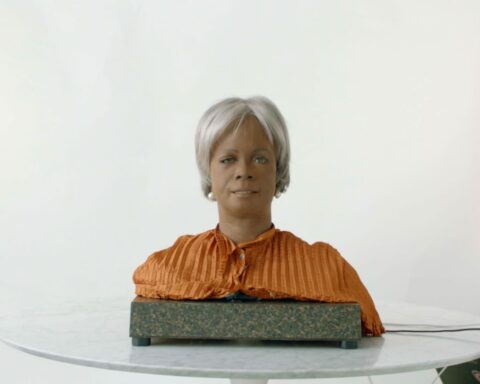During the 1990s, when working with producers as a DOP, deciding on which video format to shoot was pretty simple. Beta SP was the common denominator. But now, there are many more formats and new camera models to choose from. There are also many new aspects of video that are confusing to those who can’t keep up with the unrelenting flood of new technology. Let’s clarify some of the choices now offered in video production.
Video Capture Formats
Professional formats can include many choices on tape, disc, or other data storage. Producers might choose to shoot on a certain format, but distribute in a different format. With upcoming upgrades to HDTV and large wide screen TVs, broadcasters are now getting more particular about originating formats. Some digital formats might not be accepted because of issues like compression (that’s when the image is manipulated in various ways to get a lot of information on a small tape and might not translate properly when transmitted). But broadcast standards are changing and I’m not sure if all broadcasters have methods to test images.
Research the specific needs of your distribution chain and think ahead so you can adjust for changes in the near future!
Camera Choice
Be aware that recording formats and the cameras that record them are not necessarily linked by quality. Producers might use Mini DV tape and think the quality is limited to prosumer camcorders which have minimum resolution and high contrast images but Mini DV tape can be used in larger cameras that deliver much better pictures.The image quality limitation is not with the tape format but with the camera. Please note: the small handycams that cost around $5000 have major limitations over their more expensive big brothers. They are only a low budget alternative or should only be used to fill a special need! A significant variable with video cameras is the extensive menu selection which can alter the look of the images. A producer should always review these settings with the DOP, choose what they like, and keep the look consistent – especially when other DOPs are brought on to the show (like when many local shooters are used at different locations). Be sure to specify the same type of format, camera and menu settings. If you hire someone who is willing to use your camera choice (many owner-operators may not work without their own camera), be sure they have used it or that they have time to become familiar with it. My point is that many small camcorders operate quite differently from standard size cameras. All the operational features are indifferent places and prosumer cameras can be harder to operate manually (which is the proper way). Nowadays, new models with new learning curves keep coming on the market. So allow sometime for your camera operator to review the camera and check the menu settings.
Take time to consult with the experts on camera choice and settings! The word “Digital” is overused. It applies to too many things. Try and be specific when explaining yourself.
Screen Format Or Ratios
A long time ago, movies changed from being square to widescreen; it fits our peripheral horizontal vision better. One of the main components of HDTV is a widescreen. To understand screen format or ratios, we have to learn some more numbers. Film people call their squarish format 1.33 to 1; that means the width is 1.33 times the height. They have since introduced many wide screen formats from 1.66 to 2.40. Video people decided to be different by calling 1.33:1 “4:3” and picked a HD widescreen size of 16:9 which, if you do the math (divide) is 1.77 in film talk. The challenge has been how to show widescreen movies on 4:3 squarish frames. You can either pick part of the frame (pan/scan) or show the whole picture with black top and bottom (letterbox).
Nowadays it’s best to shoot widescreen (so long as your camera does not create a lower resolution output at the 16:9 setting). Insist on letterbox when making 4:3 versions so the full image is shown.











